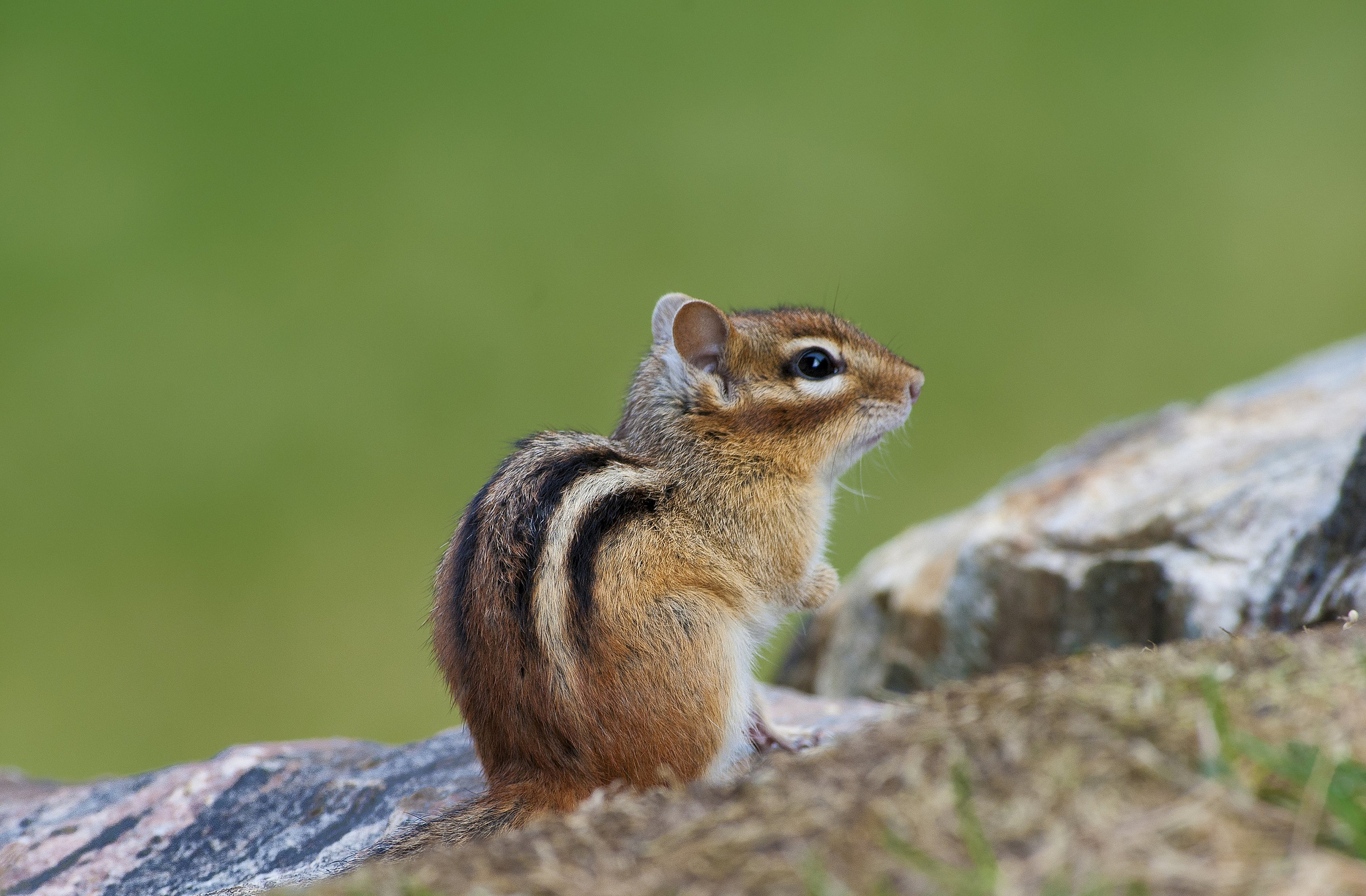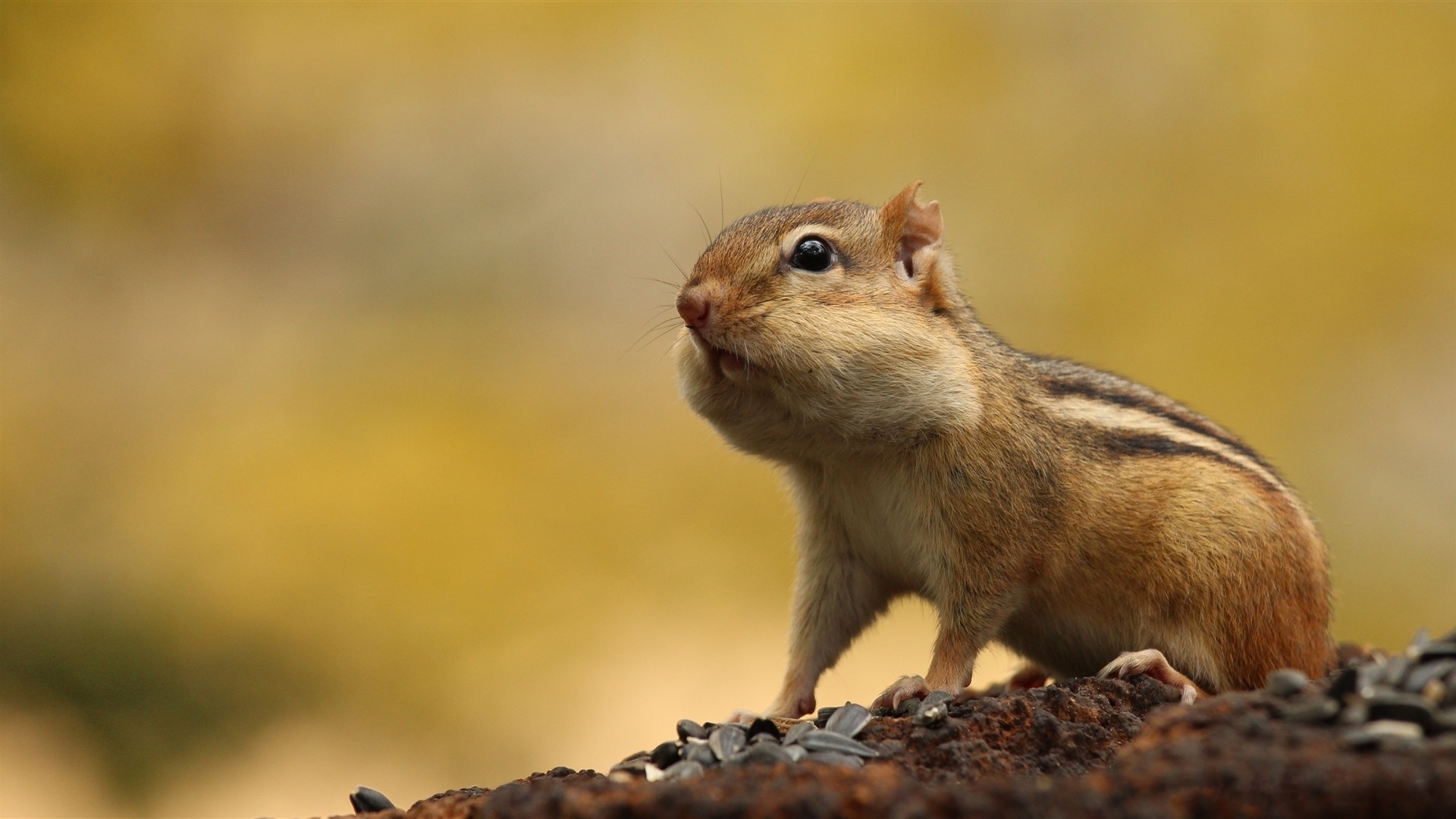
The IUCN lists many species as Least Concern. Human interaction varies based on the species. Some food they eat when they return to their nest, others they store within the nest for later consumption. They take surplus food and store it in their cheek pouches. Their diets typically contain seeds, berries, nuts, fruits, fungi, insects, worms, slugs, and even eggs. However, most of the animal portion of their diet consists of insects and other invertebrates. This means that they feed on both plant and animal matter. Diet of the ChipmunkĪll of the various species have omnivorous diets. Humans have also introduced some species outside of their natural range as well. The Siberian species inhabits vast regions of northern Asia.Īs for the rest of the species, they live throughout Canada, the United States, and some species range into Mexico. The various species live primarily in North America, with the exception of the Siberian species. You can find them in parks, gardens, suburbs, farms, and more. For example, the Siberian species utilizes both forest and taiga habitat, while the eastern species lives in coniferous forests and also ranges into suburban areas.Īs you saw with the eastern species, sometimes these rodents utilize more urban areas. However, each species has its own unique preferences. These rodents occupy a number of different habitats, though their primary choice is forest. It lives throughout much of Canada and the western United States. Least Chipmunk – The smallest species in the group, this little mammal measures about 7 inches long, tail and all! The smallest is also the most common.They build their nests in underground burrows, and defend a small territory around their home. Eastern Chipmunk – This common little rodent ranges throughout much of the eastern United States and into Canada.


The other 24 species live primarily in the United States and Canada. It is the only species that lives outside of North America.
Most species weigh about 3 or 4 ounces, though size varies based on location. These little rodents measure about 5 or 6 inches long, with 4- or 5-inch-long tails.


 0 kommentar(er)
0 kommentar(er)
